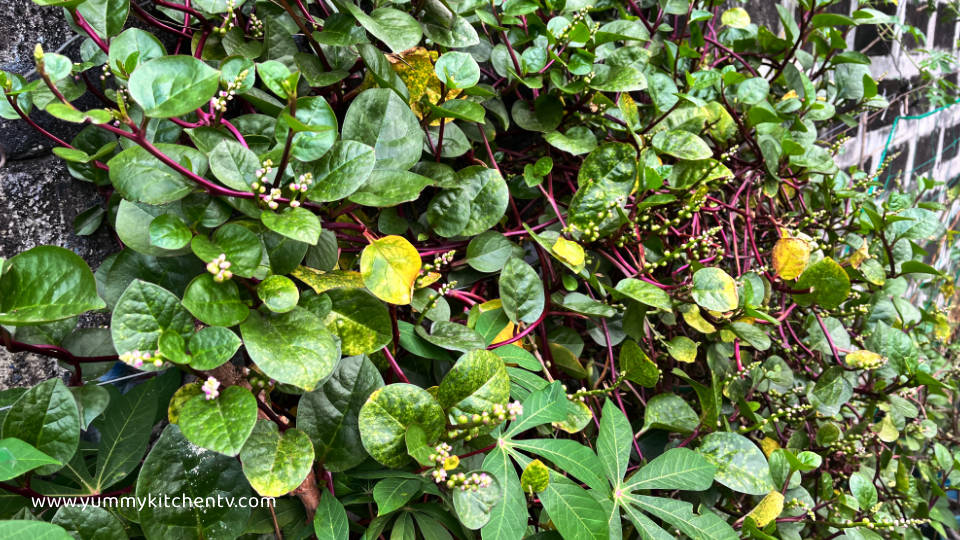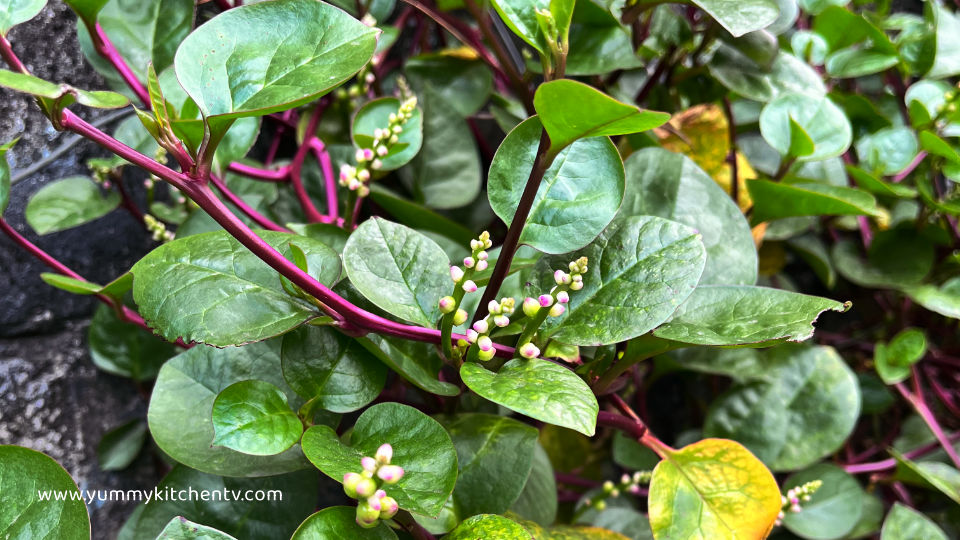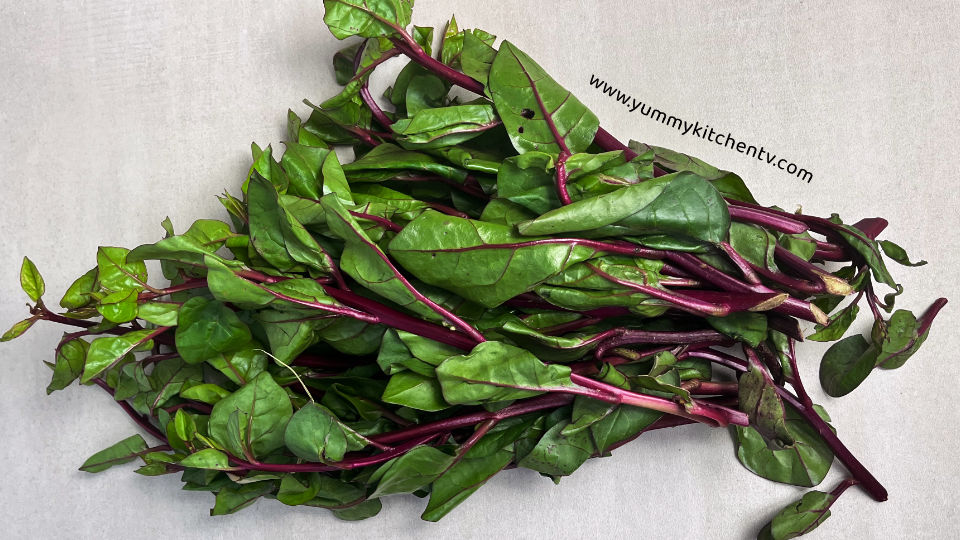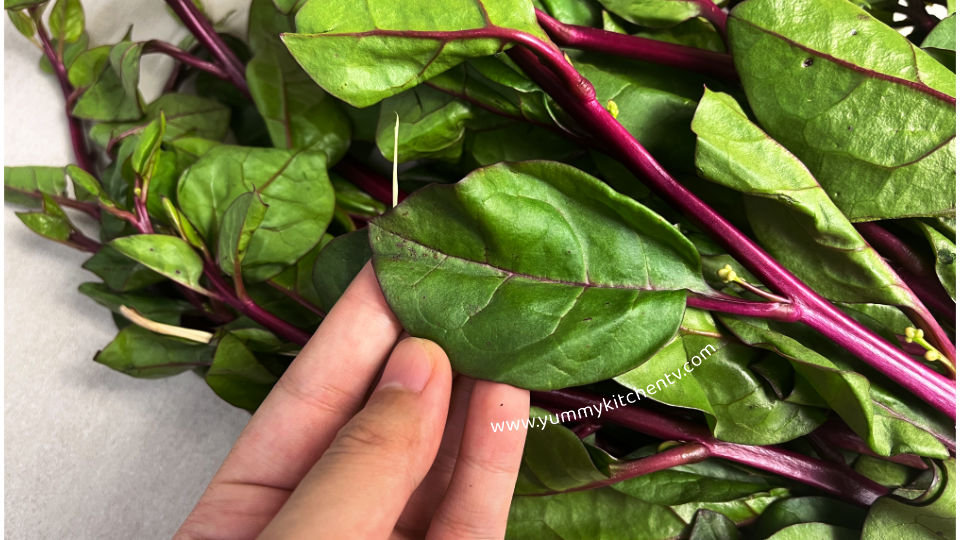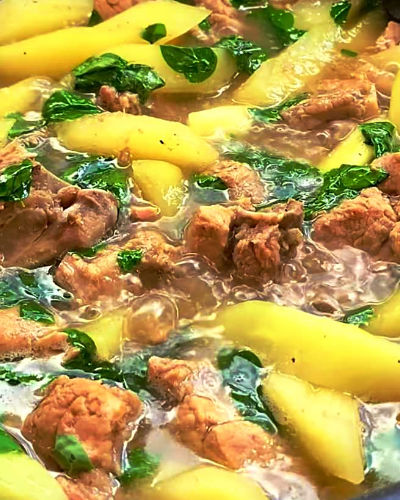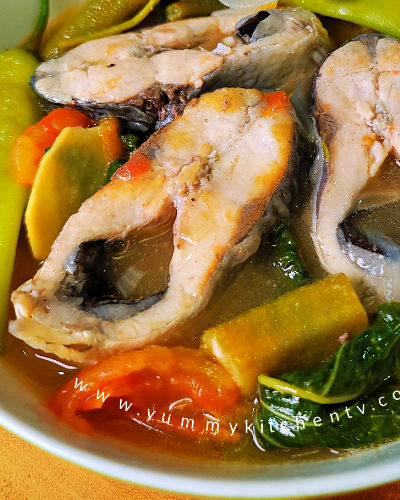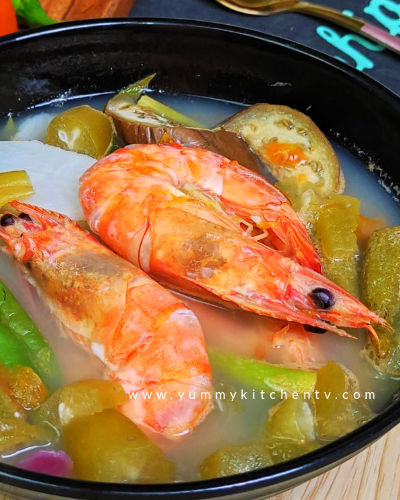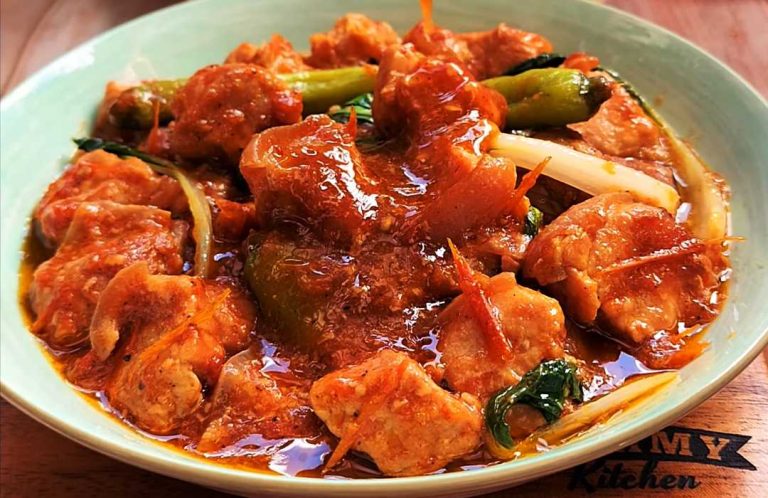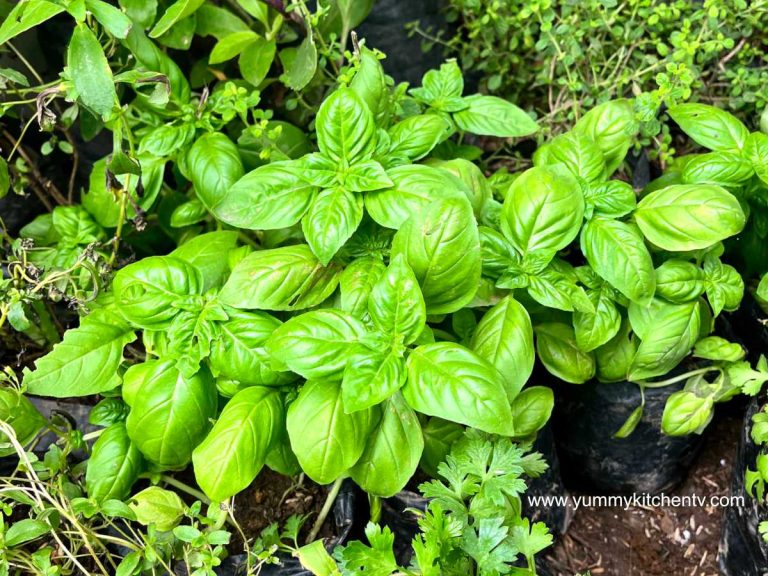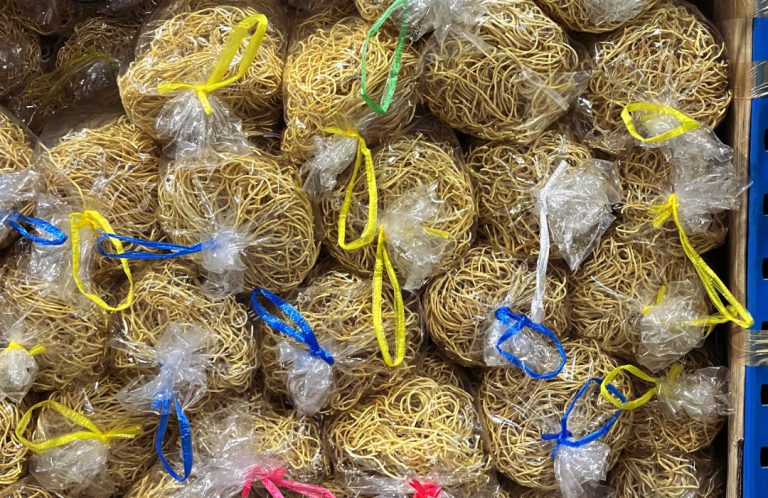Malabar Spinach
The Alugbati Plant ( Alugbati in English “Malabar Spinach” ), sometimes called Vince Spinach or Indian Spinach is not actually a type of Spinach. This fast-growing leafy green is popularly known in the Philippines as a vegetable that improves bowel movement, lower blood pressure, and provides a good amount of calcium, Iron, and many more nutrients. Read this article to find out more about this warm / tropical plant, like alugbati benefits and side effects, how to plant alugbati, how to make alugbati dishes, and more.
A Short Introduction on Alugbati
Called “Alugbati” in Ilocano and Tagalog in the Philippines; the Alugbati scientific name “Basella alba”, in English “Malabar Spinach”, “Ceylon Spinach”, “Indian Spinach”, “Vine Spinach”, “Cyclone Spinach”, or “Malabar Red Spinach” is a common leafy vegetable eaten in Asia and Africa. While it has ‘Spinach” in its name, this vegetable is not actually part of the Spinach family, but in the climbing vine family. It survives in the hot and humid weather making it a perfect plant to grow easily in the Philippines. This chard can be eaten steamed, sauteed, raw in salads, added into soups and stews, which some even use these greens as a natural thickener for watery soups, blended into a smoothie or juice, fried, or baked. Some people use Alugbati as ink by crushing Malabar Spinach Berries, extracting the juices, these are also sometimes used as a natural dye. While in some gardens it’s grown as an ornamental plant.
In the Philippines, these are grown in medium sized pots or large water bottles (that have been cut in half), or in their backyard or balcony. The vibrant colored green heart shaped leaves ( which directly translates into “Dahon ng alugbati” or “Talbos ng Alugbati” ) that grow along red-purple stems, and grow small pinkish to dark purple berries later in the season. When the leaves are eaten raw it has a slight citrus-y taste and slight crunch, when cooked compared to Spinach-it does not wilt as easily and it holds better for stir-fry, stews, and soups it also helps add to the thickness into stir fries with sauces as it has some starch in it. Though it’s said to be great as a spinach or other leafy vegetable substitute, it’s more likely cooked steamed or sauteed with some garlic and onions, with some other seasonings and eaten more so for its medicinal properties rather than taste, even if it does taste good. Though do note that these are not eaten as regularly as other leafy vegetables since too much might heighten blood pressure.
How to Grow Malabar Spinach ? ( Basella alba cultivation )
- Starting with the Alugbati seeds ( Basella alba seeds) bought in packets that say “Green or Red Malabar Spinach Seeds” or Giant Malabar Spinach” which have bigger leaves. Many prefer the red/purple stemmed plant as these have more nutrients.
- That will be planted in moist soil. Where there is a lot of sunlight. Making sure the soil is always moist until it germinates in 10 days to around 3 weeks. If planted in seedling planters or indoors, once it grows to 2 – 3 inches, transfer into a medium-sized to bigger plant.
- Just keep watering to keep the soil moist. When it grows into a good height, about 5 inches or more, you can harvest these or keep them growing until needed. It’s typically ready after a month or so after planting.
* How to harvest malabar spinach? Cut 3 – 4 inches above the roots, then regularly water to keep the plant growing. These are best planted in the summer ( for colder countries ).
* How to grow Alugbati from cuttings? The easiest and fastest way to grow this vegetable. All you need to do is remove the leaves and place the cutting in a glass or bottle with some water overnight in a shady area. Then plant these 2 – 4 inches deep in regular/ potting mix/ or ‘all purpose soil’. Water regularly and add vermiculite for extra nutrition at least once a week.
Malabar Spinach Nutrition
This ‘Spinach’ isn’t only interesting from the way it looks and tastes. But also by the way that it aids the body with its many minerals. Here are just some examples of malabar spinach benefits :
- Helps with controlling blood pressure. High in manganese and potassium. These benefits not only the blood pressure but keeps the heart healthy, lowering risk of heart disease.
- Because it is high in fiber and low in calories, this greatly helps the digestive system and prevents constipation. A healthy stomach can also mean that it lowers the risk of stomach ulcer, and helps with improving digestion which also in turn helps make you lose weight.
- How about the antibacterial properties of Alugbati ? in connection to its improvement to the bowels. It also means that it releases toxins out of the body better. A healthier body also prevents the body from getting inflamed and reduces swelling.
- Rich in antioxidants and Vitamin C which boosts immunity and in turn helps fight toxins and free radicals to prevent cancer. Especially oral and lung cancer. Antioxidants are also well known to help with slowing aging, keeping the skin soft and supple.
- Like spinach, it prevents anemia as these are rich in iron. A 100 grams can already fulfilled 15% of the body’s daily iron needs.
* Malabar spinach side effects ( alugbati side effects ) : Malabar Spinach toxicity ? These are safe for human consumption. Just take note that this should be eaten in moderation since it has a high amount of oxalate compared to spinach which might sauce intestinal, muscle, joint, urinary, or genital pain.
Try out these Yummy Alugbati recipes :
How to cook Alugbati ? A reddish soft and slightly sticky vegetable-when cooked, it has a slight tangy taste with thicker leaves compared to spinach. An interesting plant to use and eat. It’s also quite affordable, very nutritious, and is easy to plant and grow which makes them even more appealing to many! Here are some Malabar Spinach Recipes that are sure to not only keep you healthy but will satisfy your savory cravings as well !
- For a Simple recipe: After giving this leafy vegetable a good rinse. Simply season these with salt, pepper, or any other seasonings, place them in a steamer for some quick and easy “Steamed Alugbati”. You can also place a side of soy sauce or oyster sauce for more flavor.
- For a Alugbati Juice recipe; for those who want all the nutrients of this vegetable in a drink form. Try blending a cup or so of the rinsed leaves, a cup of pineapple juice, some calamansi juice, and a bit of turmeric to have a refreshing and really healthy tasting shake.
- One might ask “ Can Alugbati be eaten raw ? ” The young / fresh / or smaller leaves can be mixed in a salad ( “Alugbati Salad” ). But it would be best to at least blanche these.


